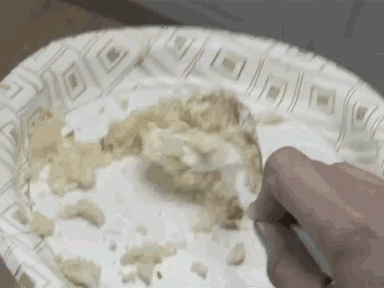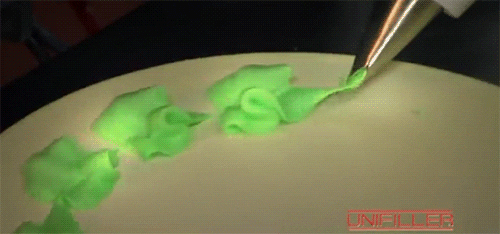(Yay-uh!)
Filament makes a lot of games, which is of course pretty awesome. However, there are many times on our projects where the development timeline is complicated by the need of a client or other stakeholder to be able to evaluate (or show off) the game before it’s done.
Clients of course generally understand that the game isn’t finished before it’s…finished, and so usually the conversation turns to identifying a form of the game we can show off before it’s completed. This is almost always a tricky conversation.
In these scenarios I like to compare game development to baking a cake. There are ingredients, cooks, and processes that take skill and time, and everything comes together at the end to make something great. But, for almost the entire time you’re baking a cake, it looks nothing like a cake.
To further extend/twist the analogy, I’ll start going into some of the common forms of previewing a game before it’s completed or hit a development milestone. Since Filament does custom development, assume the analogy is implying like fancy, Cake Boss-type cakes; completely unique, creative endeavors.
Let the analogy torture begin!
“Thirty seconds of gameplay would be great!”
This one’s the roughest. In our analogy, this is like saying “just make two bites of cake first, and then we can add them into the whole cake afterwards”. To get something to a playable state, so that someone can play it, either the entire game architecture needs to be built to support it, or a throw-away architecture needs to be tossed together to serve as a placeholder. Lots of decisions about animation and interface are either going to be rushed or faked to make the gameplay seem “real”.
Essentially, the dev team needs to create an entire internal dev cycle that in the best case can inform but delay actual development. In the worst case it’s an entire cycle of dev, testing and deployment that is a distraction from building the actual thing.

(Image source: Giphy)
“How about screenshots?”
So essentially, pictures of the cake before it’s been made. We might have pictures of some cakes that were made in the past, and maybe we have rough sketches of the cake as we intend for it to be- but the more effort we take to make those pictures look real, the more we have to start stacking assumptions about what it’s really going to look like (“Are there three chocolate swans fighting on top, or are we going to try that water feature?”). Whatever decisions are being made, it’s definitely not time being spent baking.

(Image source: Giphy)
“Ok, I get it. Just the Design Documents will be fine”
So we’re talking about handing over the recipe. That obviously is pretty low-risk- but the recipe is made for cooks, not cake-consumers. It’s hard for people generally to know what something is going to look or taste like from a recipe- especially since often these stakeholders may or may not know a lot about fancy cakes OR baking.
(Image source: Giphy)
“You’re killing me. What CAN we show?”
The good news is that these things all complicate the timeline, but all of them are possible. If our plan and schedule can be built with known dates for giving some people a tour in the kitchen, we can tactically plan exactly what we can show for best effect and when. Maybe we can give a sample of frosting along with some sketches! Maybe we can show off a chocolate swan along with the recipe! Whatever it is, planning in partnership with the client lets us make smarter decisions to have a schedule that can succeed all the way through development not just at the end.

(Image source: Giphy)
“What’s food coloring in this analogy?”
Uhh…swatch libraries?
(Image source: Giphy)
More insights from Filament’s Chief Creative Officer Dan Norton:
What Makes Great Learning Games?
4 Tips for Creating Successful Client Relationships
Abstraction in Learning Games